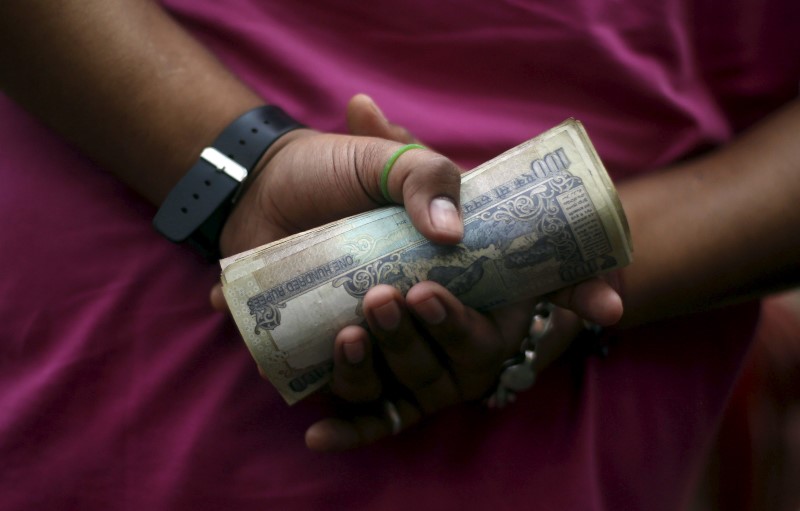The inclusion of Indian bonds in JPMorgan (NYSE:JPM)'s emerging-market index is set to bolster foreign investments and fortify the Indian currency, according to financial analysts. This significant move, which was announced on Friday, is expected to enhance international recognition for India and facilitate access to vital capital for growth.
The JPM Government Bond Index-EM Global diversified Index, managing assets worth around $200 billion, will allocate a 10% weightage to the Indian bonds. This allocation equates to an estimated inflow of about $20 billion into the bonds.
Analysts suggest that this inclusion could boost demand for the Indian rupee, potentially offering a safeguard against depreciation. Lower borrowing costs could be another benefit, enabling crucial infrastructure projects. Enhanced liquidity may also foster more efficient trading conditions.
However, this inclusion also introduces risks as it increases India's exposure to global market fluctuations. Changes in sentiment, economic conditions, and policies in major economies could influence bond prices and yields.
The inclusion is anticipated to significantly contribute to India's goal of becoming a $5 trillion economy. After over a decade of planning, India will officially join the JPMorgan GBI-EM index on June 28, 2024. This delayed implementation accounts for operational lags post-announcement.
India's 10% weightage will be gradually introduced over ten months, leading to passive inflows of $22 billion. Nevertheless, actual flows could surpass this estimate depending on market dynamics and active flows.
Madhavi Arora, an economist at Emkay Global Financial, opines that this move will structurally reduce India's risk premiums and cost of funding. It is also expected to enhance the liquidity and ownership base of G-Secs and aid India in financing its fiscal and Current Account Deficit (CAD).
In the short term, analysts predict a reversal of gains in bond yields and the rupee following initial excitement, aligning with global market trends. However, by the end of March 2024, this trend could shift in favor of bonds, with 10-year yields falling well below 7%.
For the second half of FY24, predictions suggest the USD-INR exchange rate will range between 82.25-84.25, with strategic intervention by the Reserve Bank of India (RBI) maintaining it at a median level within the EM Asia pack.
This article was generated with the support of AI and reviewed by an editor. For more information see our T&C.
